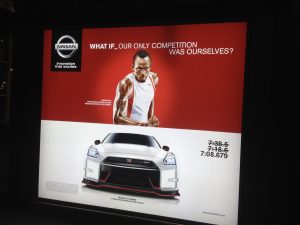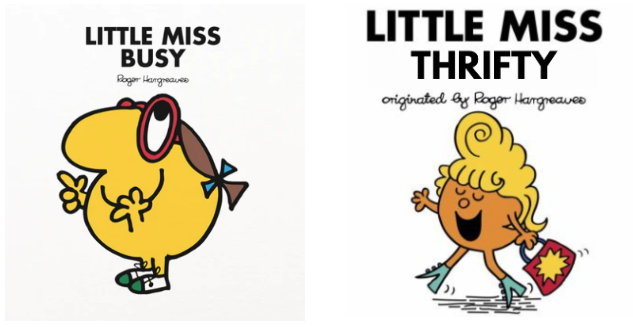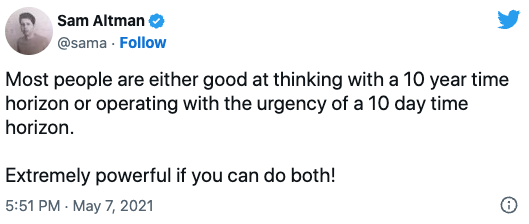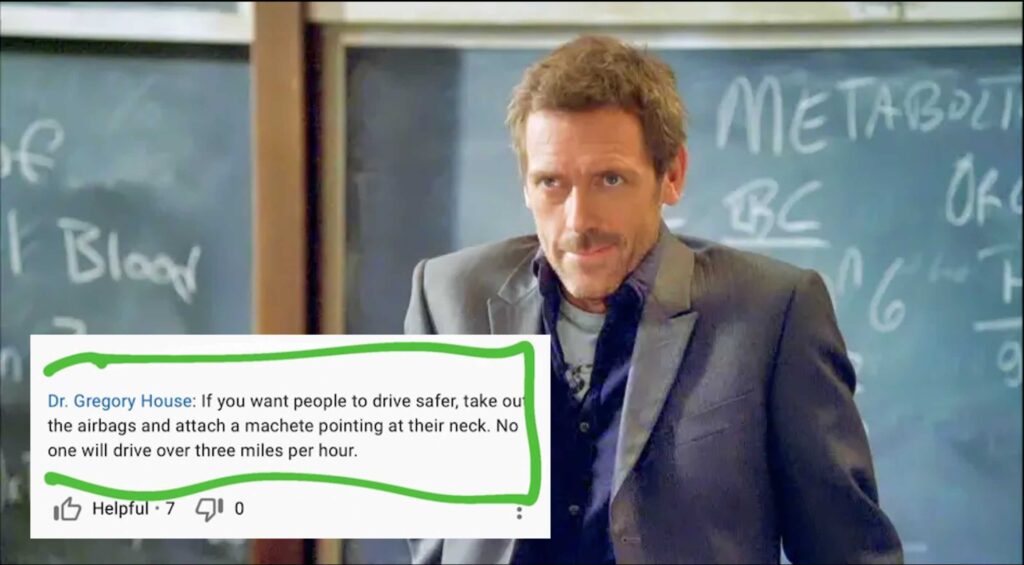Textbook Reading: Chapter 2 (Intro and Section 2.4, pp. 39-34 and 59-63)
The aim of this session is to understand the economic concept of opportunity cost.
Group activity:
- Malhotra, Deepak, 2005, “Hamilton Real Estate: BUYER”, Harvard Business School Case No. 9-905-052 (£)
- Malhotra, Deepak, 2005, “Hamilton Real Estate: SELLER”, Harvard Business School Case No. 9-905-053 (£)
|
In Patrick McKenzie’s infamous blog post on salary negotiation, he says: “Every handbook on negotiation and every blog post will tell you not to give a number first. This advice is almost always right. ”
I recommend the following Lex Fridman interview with FBI hostage negotiator Chris Voss. Voss talks about the three “voices” of negotiation, which are:
- Assertive (loud and clear commands, direct and honest but recipients can feel attacked and not engage well)
- Accommodative (smiling, optimistic, hopeful – relationship building)
- Analyst (likes decision trees, systematic thinking, fact driven, and quite introspective. They recognise that accommodators often get better deals than assertives)
He also makes clear that lying is usually a bad idea, for the following reasons:
- If the other side are a better liar than you they’ll notice straight away
- It could be a trap to see if you’re willing to lie
- It’s likely that the other side will find out it was a lie, and then they will treat you much worse
I believe that the case discussion demonstrates our inherent reluctance to lie. However:
Here is a more recent example of obtaining copyright for the use of a photograph (see here for the background):
In the debrief it’s important to realise when someone is being evasive. A good example of this is in the U.S. version of The Office, where Andy has to repeat the same question to Angela 3 times before he gets to the truth. (Season 5, Episode 12, from 9:22 – 10:13).
A common way for companies to attempt to take costs seriously is to engage in cost-benefit analysis. This session helps managers to think broadly about what constitutes a cost, and find ways to measure them more accurately. But there is some criticism to the implication that everything can be reduced to a monetary value, and decisions should focus on profit above all else. But cost-benefit analysis is a tool. It is merely an input into decision making. As David Schmidtz has argued in Chapter 16 of ‘Living Together’ (2023):
Cost-benefit analysis is not a theory about what to do… Instead, it is a crude but serviceable tool of moral science, useful for (among other things) subjecting policies of administrative state to public scrutiny. (p.159)
I also like this part:
Critics of CBA think they capture the moral high ground when they say some things are beyond a price. They miss the point. Choosing to call elephants priceless does not settle what to do about them. We still need to know whether our ways of protecting them are effective ways of spending whatever dollars we have available to spend on protection. We may also need to know whether we are saving them as a cost of sacrificing something equally priceless. (p. 169)
Then, when talking about Sophie’s Choice:
Sophie’s CBA was not causing the catastrophe so much as acknowledging and coping with it. Reducing values to mere commodities can be shattering, but the world sometimes forces tradeoffs that in a better world we would have been lucky enough to avoid. (p.170)
Finally
If you must resort to a CBA, you are already in a situation where no one will get all they want, but if you can use CBA, you have a potential peacemaker: a way of deciding that is no inherently insulting. (p.175)
Recommended article:
Recommended cases:
- Desai, M.A., and Ferri, 2006, “Understanding Economic Value Added”, Harvard Business School Case No. 9-206-016
- Desai, M.A., Egawa, M., and Wang, Y., 2004, “Continuing the transformation of Asahi glass: Implementing EVA”, Harvard Business School Case No. 9-205-030
Here’s a good post on the downsides of using EBITDA as a measure of profitability:
https://twitter.com/SecretCFO/status/1565027764813561862
The Economist reports that at the start of 2023 the e-commerce firm Shopify deleted 12,000 recurring meetings from their employees shared calendars, and asked managers to think seriously about whether they should be reinstated. The results:
“The company reports a rise in productivity as a result of the cull.”
Finally, don’t forget that we never see opportunity costs, and we can only properly recognise them in the context of a market system:
“Opportunity costs are subjective variables of choice that only emerge as a by-product of exchange” (Boettke et al 2024, p. 64)
| Learning Objectives: Opportunity cost reasoning, basic principles of negotiation.
Focus on diversity: The Hamilton Real Estate case is used as the first session on the Harvard MBA course on negotiation. It was written by Deepak Malhotra who has a recent book called ‘Negotiating the Impossible‘. You can follow him on Twitter @Prof_Malhotra. |
 I also thinks it’s important to recognise that the general public typically overestimate the profit margins of large companies (
I also thinks it’s important to recognise that the general public typically overestimate the profit margins of large companies (




